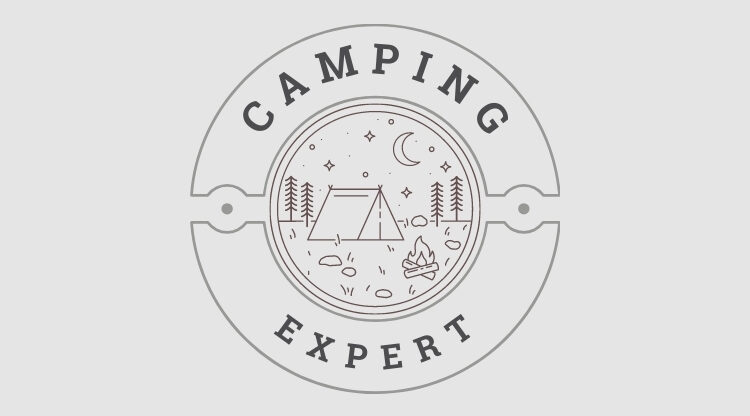A caravan gives you total freedom on your holiday. You can go anywhere within the British Isles, or you can travel abroad and explore other cultures in a way a package holiday simply wouldn’t allow.
Caravanning abroad is fun, a true adventure. But like all adventures, you need to be ready for it. If you go into Europe, you’ll be driving on the other side of the road. That means not only being aware of your caravan, but an entirely different driving system. There are also different speed limits (in kilometres, not miles per hour) that have to be uppermost in your mind, as well as rules for caravans.
Speed Limits
Everywhere you go in Europe, the speed limit in built-up areas is going to be 50 kilometres per hour (that’s 30 mph). Open roads will vary, although there are strict limits for vehicles with caravans. Expect anywhere from 70 – 100 kph on dual carriageways, which is about 40 – 60 mph), and from 90 – 130 kph on motorways (55 – 80 mph). It varies from country to country, and there will also be some places where the speed limit will be lower. It pays to do your research before you hit the road to know what the limits are where you’ll be travelling. Be aware, too, that many countries require you to have your headlights on all the time. Failure to do so will mean a fine.
What You Need
By law, unless your number plates carry a GB or EU symbol, you’ll have to put a GB sticker on your car and caravan when you go abroad. You’ll also have to fit your car with a beam deflector for your headlights, which is necessary when driving on the other side of the road to avoid dazzling oncoming motorists.
Extended mirrors are always a good idea with a caravan. They increase your visibility and make you safer on the road. If you’re caravanning in Spain, they’re mandatory, but not in other countries.
Several countries require you to carry hi-vis jackets, in case you break down, as well as warning signs you can post behind the caravan, and fire extinguishers. A number of countries demand that you carry spare bulbs for the lights on both car and caravan. Even if you’re not going where these are necessary, it’s a good idea to have all this equipment with you.
Don’t forget the paperwork. You’ll need:
- Your driving licence
- Your passport
- Proof of insurance (outside the EU you’ll have to have what’s known as a green card)
- European Health card
- MOT certificate
What Else To Take
Since you can’t buy Calor gas on the continent, make sure you take enough with you to last for your entire holiday (you can buy Campingaz there, but you’ll need an adaptor for it to work with a Calor gas stove). Also pack a good first aid kit, maps, a tool kit, and check to ensure your breakdown cover extends to where you’re travelling. In the event of a problem that could save you a lot of money.
Caravan Sites
In a number of countries, when you arrive at a caravan site you’ll have to produce your passport as proof of identity, and you might have to offer a refundable deposit of up to 20 Euros to get to the site barrier.
It’s possible you might find a reversed polarity problem on the electrical hookup, which can damage the electrics in your caravan. Buy a polarity tester before you travel and use it. You can make a polarity adapter, or ask for another pitch, where the socket might be fine.
Unless you know the area, or have good recommendations from friends, you should only stay in official camp sites. This will ensure good facilities and also your safety. Camping in a rest area or off the side of the road can be very dangerous.
If you’re going into town for a meal and a drink, be aware that the legal drinking limit can be very low. It’s best not to drink at all if you’re going to be driving.
